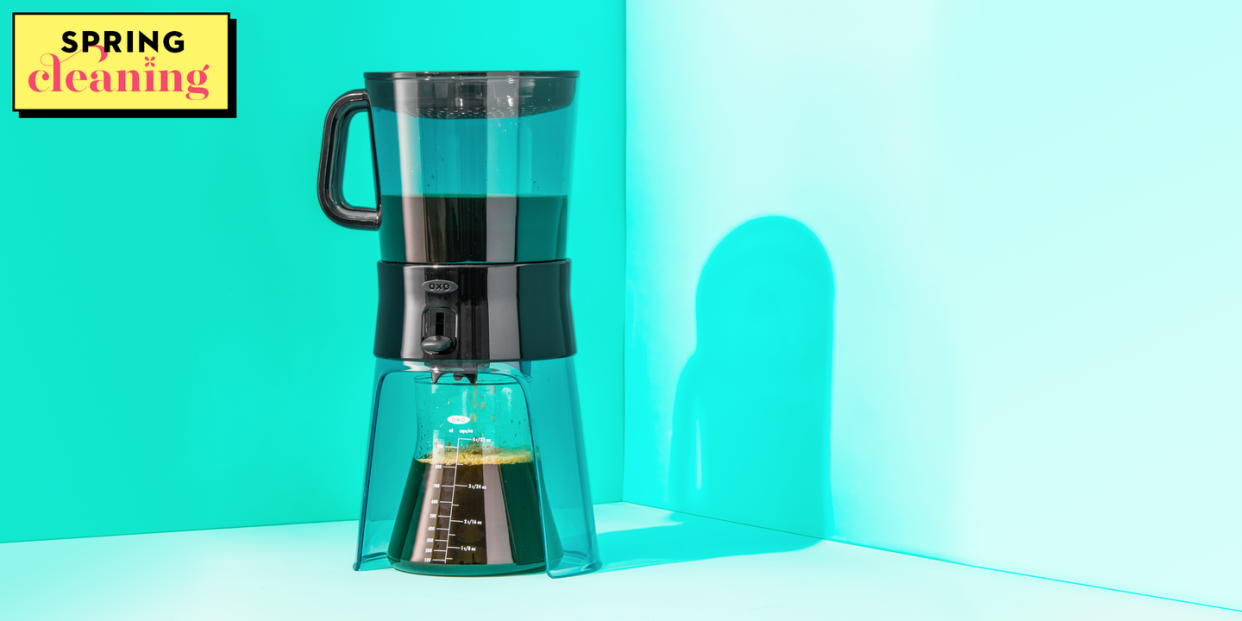There's a 50% Chance Your Coffee Maker Is Growing Mold

Chances are you don't clean your coffee maker as often as you should. In fact, 50% of these household machines contain yeast and mold, according to one survey. That makes it more germy than your average bathroom faucet handle. Yikes.
To make sure you don't drink up any of the germs or coliform bacteria this appliance has been known to grow, we asked Carolyn Forte, director of the Good Housekeeping Institute Home Appliances & Cleaning Lab, how to keep your machine clean and your coffee tasting great. It's essential to follow these three rules:
1. Wash removable parts with dish soap after every use.
"This is important because it helps remove coffee, grinds, and oil that are left behind," says Forte. "You can hand wash at the sink with warm and soapy water, but usually the pieces are dishwasher-safe. And don't forget to wipe down the outside and the warming plate where spills can burn on." She also recommends leaving the reservoir's lid open use so it can dry out completely after each use — germs love moisture!
2. Decalcify your machine every month with vinegar.
Over time, hard water minerals can build up in your machine's inner workings, and you may notice that your coffee takes longer to drip. To get things back in tip-top shape, you need to cleanse and decalcify the machine. Forte's trick: good ol' reliable white vinegar.
Fill the reservoir with equal parts vinegar and water, and place a paper filter into the machine's empty basket. Position the pot in place, and "brew" the solution halfway. Turn off the machine, and let it sit for 30 minutes. Then, turn the coffee maker back on, finish the brewing, and dump the full pot of vinegar and water. Rinse everything out by putting in a new paper filter and brewing a full pot of clean water. Repeat once.
3. Make your carafe sparkle again with rice.
You should always wash your carafe after each use, but if it's looking dingy over time, fill it with warm, sudsy water, and a little rice. Swirl the mixture to loosen any gunk. Use a scrub sponge to remove debris and rinse well.
Wondering how to sanitize a K-cup machine? We've got you covered. Follow these tips for cleaning Keurig coffee makers from the Good Housekeeping Institute, and don't forget about your travel mugs too!
You Might Also Like

